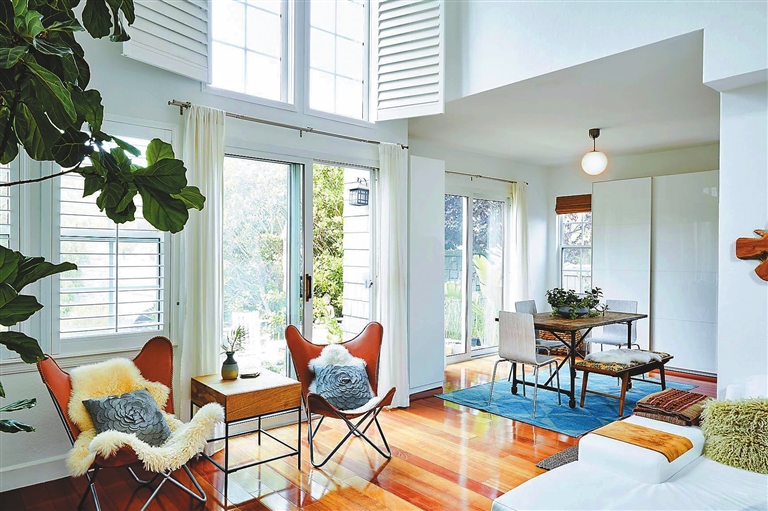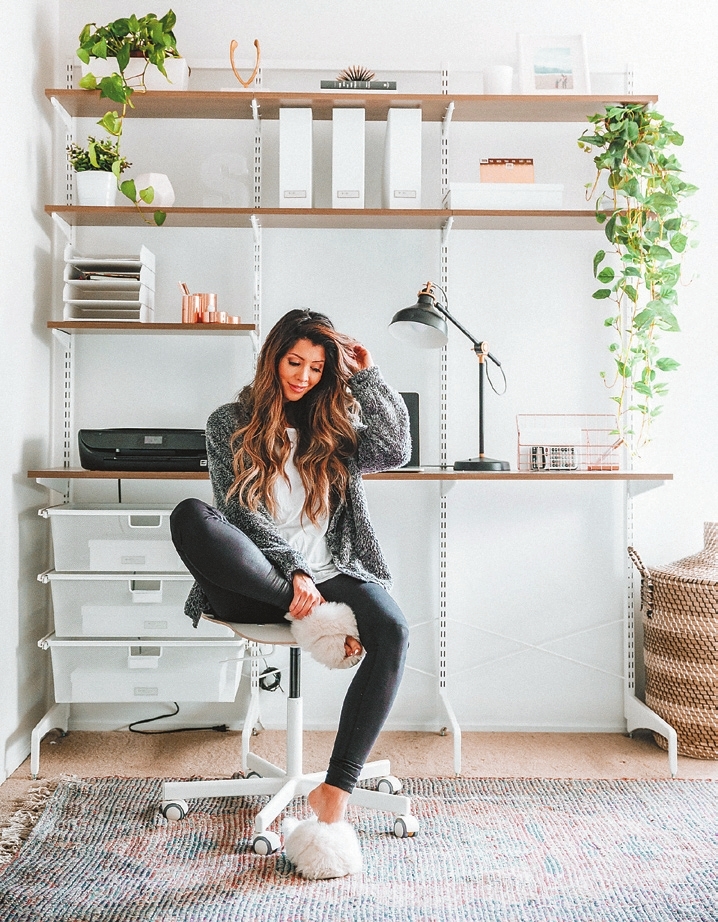

IF you’ve ever packed up your home to move to a new place, you’ve probably realized something you don’t always like to admit: You have way too much stuff. With so many items weighing us down in our daily lives, it’s no surprise that one of the biggest trends in home decor these days is not just a design style, but an entire lifestyle change — a growing movement called minimalism, or minimalist living. Though the lifestyle has gained more popularity in recent years thanks to Marie Kondo’s KonMari Method and the rise of tiny homes, “minimalism” is nothing new — it actually has its roots in Buddhism, and was first coined in the mid ‘60s by a British art theorist, according to Kyle Chayka, author of “The Longing for Less: Living With Minimalism.” From there, minimalism has grown into a way of life that emphasizes living with less — and thus appreciating more. Though minimalism can be defined in many different ways, there’s typically one common unifying theme to the movement: a philosophy of living simply or living with less. “Minimalism is the intentional promotion of the things we most value in life by removing anything that distracts us from it,” says Joshua Becker, author of “The Minimalist Home: A Room-by-Room Guide to a Decluttered, Refocused Life.” Minimalism can be applied to many areas of our lives — our schedules, our relationships, and more — but a central part of minimalist living is often the home. When thinking about how a minimalist home looks like, you might first think of white, open spaces and bare walls — but the truth is that every person can practice minimalism differently, says Becker. “A minimalist home is very intentional,” he explains. “Each possession is there for a reason.” As such, minimalist living typically involves decluttering, organizing, and “minimizing” your home — all in order to lead a simpler, more purposeful lifestyle. Here’s how to create a minimalist home and start living more minimally: 1. Focus on one room at a time. The hardest part about minimizing your home is knowing where to start. It’s overwhelming to try to tackle an entire house at once — which is why you should focus on one room at a time. Direct your time and energy into the easiest room first — then use that as inspiration for the others as you go through the rest of your house. 2. Start with the visible areas first. Once you’ve chosen a room to focus on, a good approach is to start with the visible areas first — so things like shelves, furniture, and things on the floor — before moving onto the hidden areas in the room, like organizing your drawers, cabinets, and the closet. This way, you’ll be able to actually see your progress as you go along, which can help immensely when you feel overwhelmed with the amount of items you have to go through. 3. Declutter by keeping only the essentials. When it’s time to actually start decluttering, a good rule of thumb is to keep only the items that are truly essential — and meaningful — to you. If you’re having trouble deciding to keep or toss something, Becker recommends four specific questions to ask yourself about the particular item: Do I need it? Do I use it? What would I use if I didn’t have it? Why do I have it? 4. Limit your decorations to meaningful items. When it comes to home decor, it’s easy to want to adorn your house with various beautiful items you got on sale or spotted at your local home goods store — but if you want to commit to a minimalist home, it’s best to limit your decorations to ones that hold special value or meaning, says Becker. “The problem is that people over the years tend to collect decorations that doesn’t hold any specific meaning to them,” he says. As a result of this, Becker encourages people to own fewer decorations by keeping only the ones that are the most meaningful to them — like family photos and special heirlooms — which can tell your story better to your family as well as to any visitors of your home. 5. Tidy up regularly. It’s one thing to effectively transform your home to a minimalist one — but it’s another to keep it that way for good! Your home is a space that’s continuously being lived in, so it’s inevitable that things will start to get messy after a while; that’s why it’s important to have good cleaning habits going forward, says Becker. “It’s about tidying up the spaces that you have, and knowing that some spaces need daily attention, some spaces need weekly attention, and some spaces need seasonal attention,” he says. 6. Resist the temptation to buy more. It can be especially hard to buy fewer things in an age of constant and pervasive advertising — which is why Becker advises turning down advertisements as much as you can, whether that means unsubscribing from emails, watching less television, or throwing away junk mail. This can also mean rejecting materialism to focus more on the items that are actually meaningful to you. 7. Find your purpose. Here’s one of the most important parts of minimalist living: If you’re thinking of starting to live more minimally in your home, take some time to reflect on why you’re doing it — whether that’s because you want to save more money, because you want to spend more time with family, or even because you want to retire early and enjoy your retirement years. This is especially important because ultimately, minimalist living is about leading a more intentional life of purpose. “The goal of minimalism isn’t just to own less stuff, but to live a more meaningful life than the one you’re living,” says Becker. (SD-Agencies) | 
